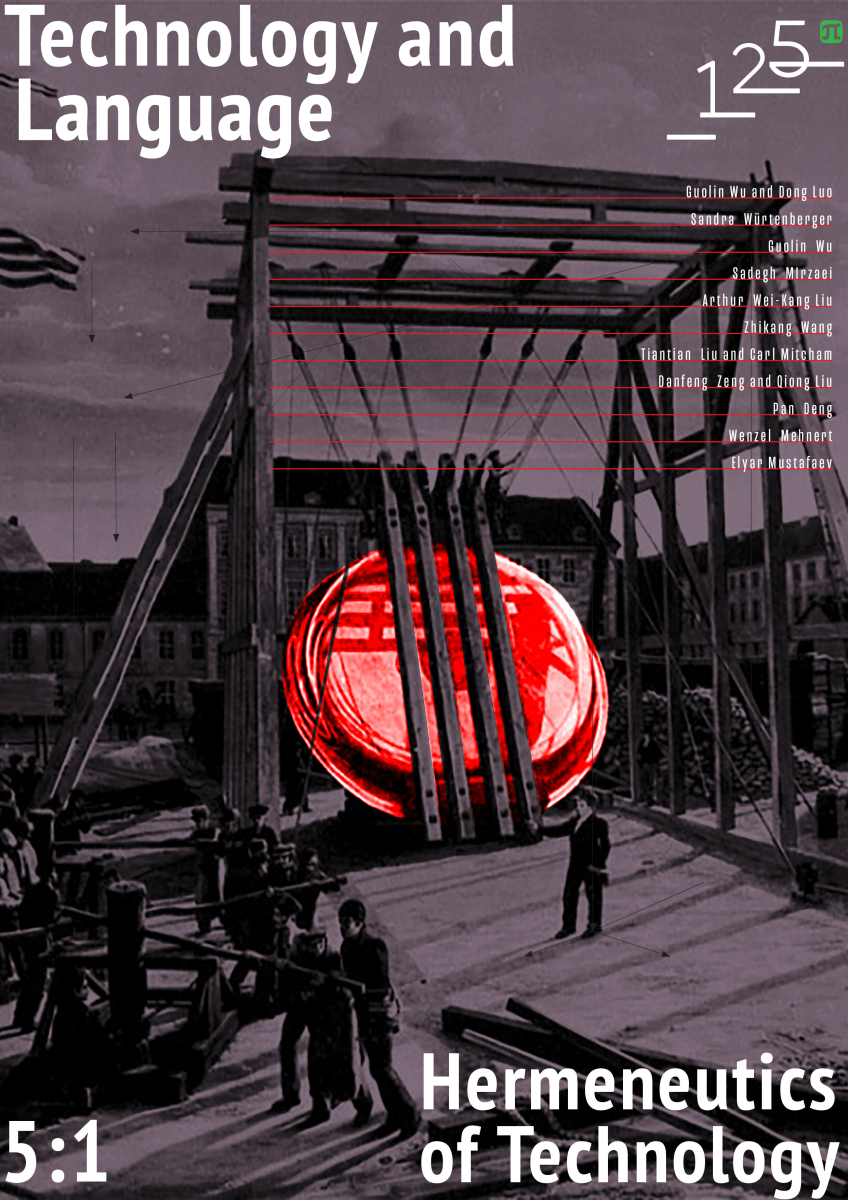Staging Notations
The paper examines the possibility of recording performances by analysing more than 10 types of notations (Lorin, Beauchamps-Feuillet, Tomlinson, Saint-Leon, Stepanov, Zorn, Sutton, Benesh, Ivanov, Varpakhovsky, Schreyer, Nikritin, Eshkol-Wachman and others). The paper foregrounds methods of fixing movements and sounds in space and time and the ways in which iconic and symbolic signs are used. Difficulties and solutions are highlighted, such as the transmission of 3D motion, changes simultaneously in space and time, the recording of the melody of speech or its volume, emotion, accent, speed, and so on. The notations for recording performances are specific languages that have a rich variability and can be written in letters, notes, lines, numbers and specific signs. However, there are no commonly used ways to fix the staged performance. In the face of technological recording tools it may seem that written notations are obsolete. However, technological tools do not only replace notation tools, they sometimes make them more useful. Another dimension of notation is the relation of recording to instructions. Due to the requirements of intellectual work, analysis and synthesis of elements, notation is in demand for digital human and unhuman learning or for creating three-dimensional animation.



